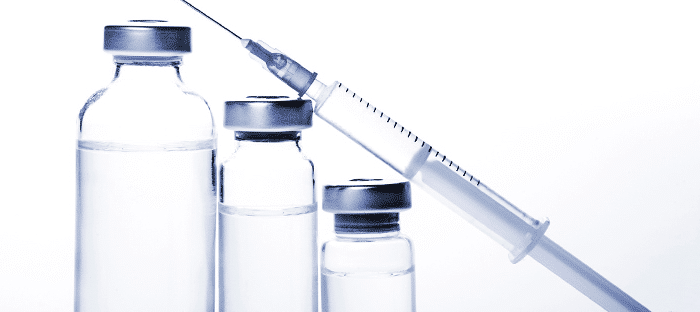
The CDC Vaccine Storage and Handling toolkit provides need to know information on safely and effectively storing vaccines. The toolkit outlines specific features for refrigerators and freezers being used for vaccine storage. Here is a quick hit list to ensure you are using refrigerators and freezers that keep your vaccines stored under optimal conditions.
CDC makes the following recommendation for vaccine storage units:
- Use purpose-built units designed to either refrigerate or freeze (can be compact, under-the-counter-style or large units)
If you must use a household unit:
- If a purpose-built unit is not available, use a stand-alone household unit
- If you must use a household-grade combination refrigerator/freezer unit, only use the refrigerator compartment for storing vaccines.
- These units have cold spots and temperature fluctuations, and air circulating from the freezer could expose refrigerated vaccines to freezing temperatures.
- Use a separate stand-alone freezer to store frozen vaccines.
- Do not store any vaccine in a dormitory-style or bar-style combined refrigerator/freezer unit under any circumstances. These units have a single exterior door and an evaporator plate/cooling coil, usually located in an ice maker/freezer compartment.
- These units have been shown to pose a significant risk of freezing vaccines, even when used for temporary storage.
When Storing Vaccines:
- Before using a unit to store vaccines check and record temperatures a minimum of 2 times each workday for 2 to 7 days.
- Food and beverages should never be stored in the unit with vaccine
- If other medications and biological products must be stored in the same unit as vaccines, never store these products in the same container with vaccines
- Place the buffered probe of the digital data logger (DDL) in the unit
- The DDL should be set to measure temperatures at least every 30 minutes
- CDC recommends on a twice daily basis:
- Check and record storage unit temperature readings each workday – in the morning when you arrive and in the evening before leaving
- Check unit doors throughout the day and always at the end of the day to ensure they are tightly closed
- Calibration testing should be done every 1 to 2 years or according to the manufacturer’s suggested timeline
Refrigerators
- Celsius temperature range is set between 2°C and 8°C (36°F and 46°F)
- Thermostat is set at mid range to achieve temperature of about 5°C (40°F)
- Vaccines are stored in their original packaging with lids closed until ready for administration
- Diluent is stored with the corresponding refrigerated vaccine
Freezers
- Vaccines stored in the freezer should maintain temperatures between -50°C and -15°C (-58°F and +5°F)
- Thermostat should be at the factory-set or midpoint temperature setting to assure appropriate frozen storage temperatures
- Always store vaccines in their original packaging with lids closed until ready for administration
For more detailed information regarding vaccine refrigerators and freezers which meet CDC guidelines, download our Ultimate Guide to Vaccine Storage.




